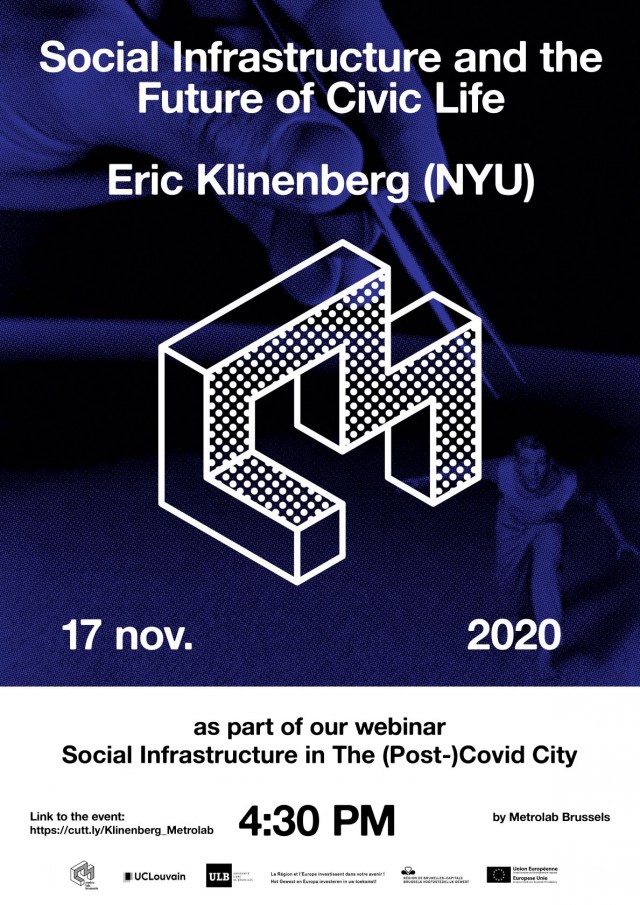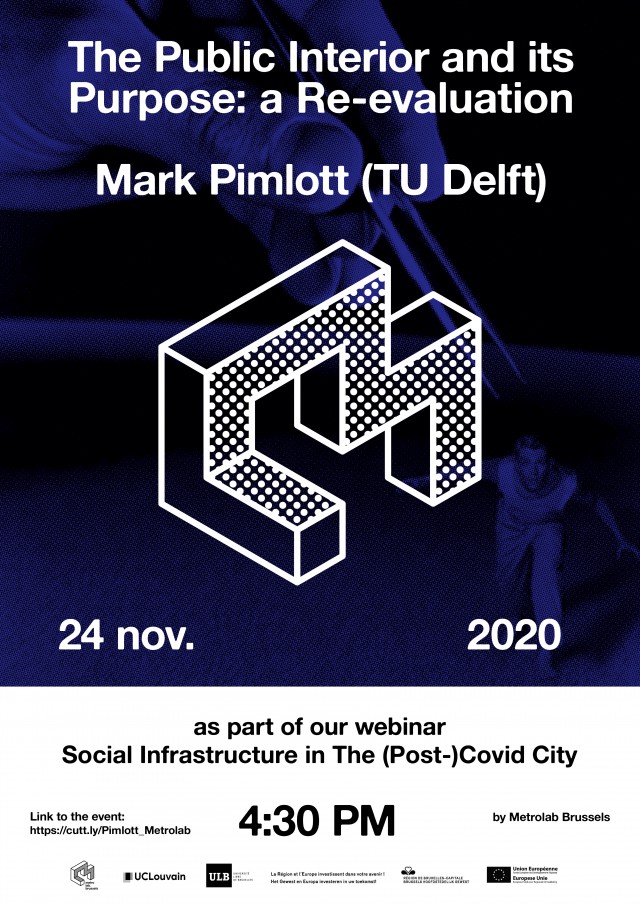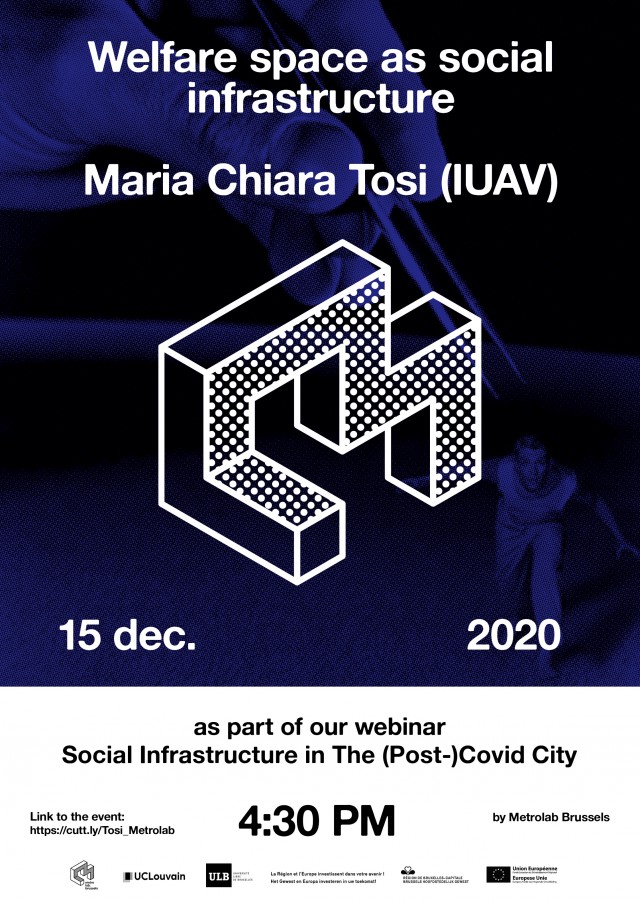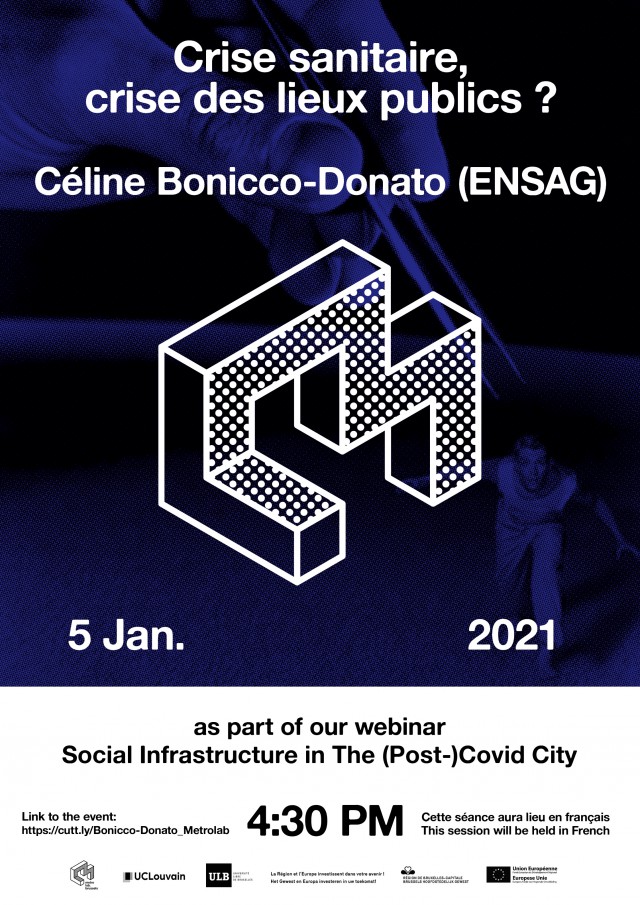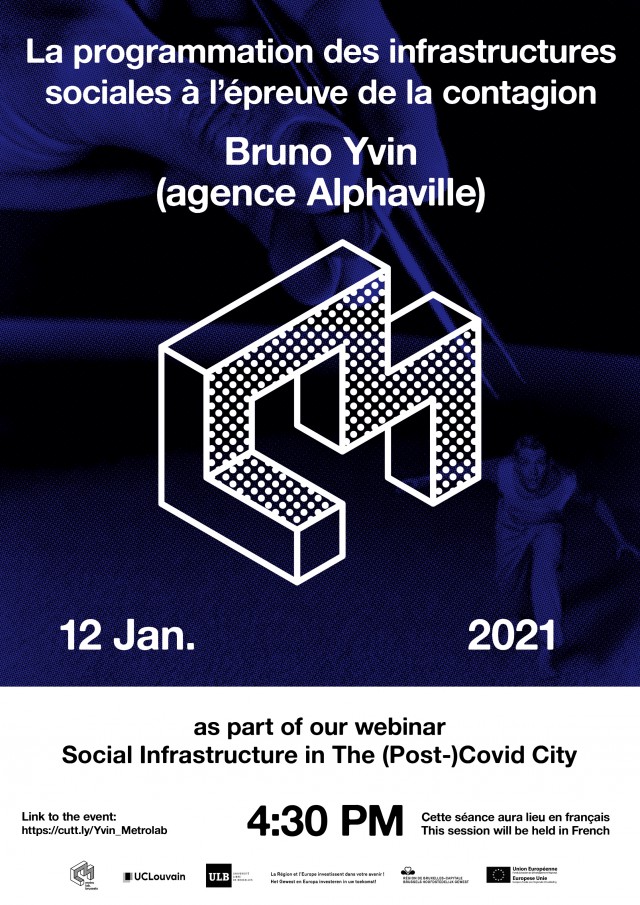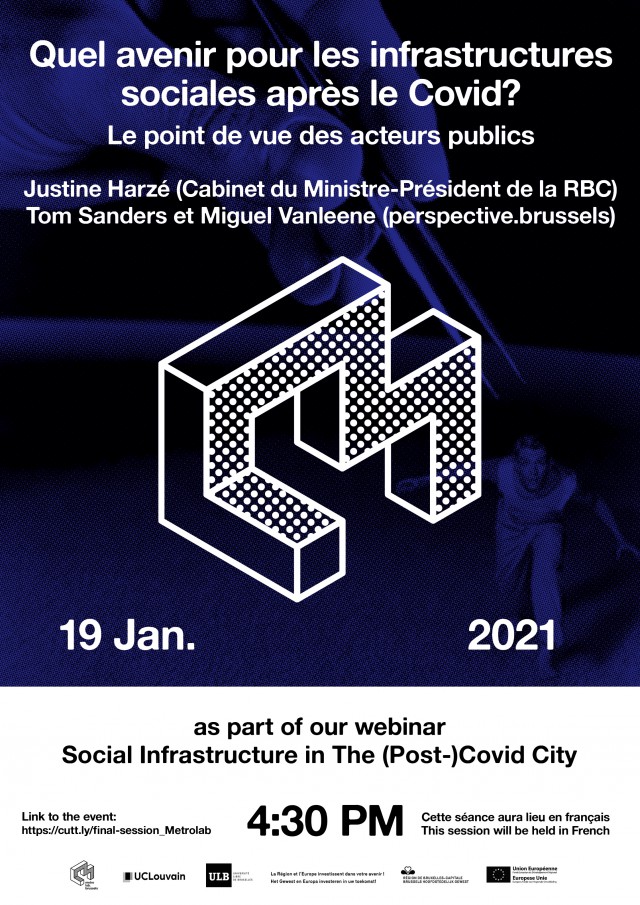Presentation
Social infrastructures are conceived as built spaces and facilities hosting the community life and the public experience of the city, while offering a specific type of social good (education, culture, leisure, food, sport, empowerment, etc.). Whatever their main function (community centre, public library, covered market, swimming pool, etc.), social infrastructures are places where values of openness, such as social inclusion and urban hospitality, take on a concrete and practical meaning, which makes them also an important vector of democracy 1.
While « Palaces for the People », « Maisons du peuple », « Centros civicos », as major and idealized forms of social infrastructure, have structured the imaginary of progressive city planning in the first half of the 20th century, subsequent trends (post-fordist economy, suburbanisation, individualism, neoliberal urban policies, privatisations) may have weakened their ambition, meaning and appeal. However, the fact that social infra-structure has emerged as a key factor in the response to recent economic and environmental crises for what regards the most fragile urban populations 2, reaffirmed its importance, and brought notions of « third place » 3, « welfare space » 4, and « inclusive enclave » 5 back to the political agenda in many large cities.
The current health crisis, and the fear of close contact in indoor spaces that it entails, presents a different challenge. What are and what will be its practical consequences on existing and future social infrastructures, on the publics that they host, on the policies that promote them and the fundings that support them? Does the COVID-19 pandemic herald a major crisis of local community spaces and social facilities, or even of our larger « public interiors » 6? Or does it call for a reconsideration of their function, use, de-sign, layout? If these places are indeed of « infrastructural » importance for an urban society, what other indirect consequences can be feared and foreseen? Can the social infrastructure reinvent itself in the face of the pandemic, through technology-, design-, management- or behaviour-based solutions, or through the use of online virtual spaces?
The purpose of this seminar is to explore these problems from different disciplinary angles with the help of the best specialists, both analysts and practitioners, in order to formulate solid hypotheses and concrete perspectives for a social infrastructure policy that would be both socially relevant and materially appropriate for the (post-)Covid city.
Vous pouvez télécharger cette présentation en français ici.
U kan de tekst hier downloaden.
Programme
This seminar consists of 6 sessions held on Tuesday afternoons (4:30-6:30PM) starting with a lecture followed by a discussion with Metrolab researchers :
Eric Klinenberg
Sociologist - New York University
« Social Infrastructure and the Future of Civic Life » [EN]
Discussants : Mathieu Berger, Benoît Moritz
17/11/20Mark Pimlott
Architect - TU Delft
« The Public Interior and its Purpose : a Re-evaluation » [EN]
Discussants : Mathieu Berger, Benoît Moritz
24/11/20Maria Chiara Tosi
Architect and urbanist - IUA Venezia
« Welfare space as social infrastructure » [EN]
Discussants : Geoffrey Grulois, Gery Leloutre
15/12/20Céline Bonicco-Donato
Philosophe - Ecole Nationale Supérieure d’Architecture de Grenoble
« Crise sanitaire, crise des lieux publics ? » [FR]
Discussants : Louise Carlier, Sarah Van Hollebeke
5/01/21Bruno Yvin
Architecte et urbaniste - Agence Alphaville, Paris
« La programmation des infrastructures sociales à l’épreuve de la contagion » [FR]
Discussants : Benoit Moritz, Geoffrey Grulois
12/01/21Justine Harzé | Tom Sanders et Miguel Vanleene
Cabinet du Ministre-Président de la RBC | Référents « équipements » - perspective.brussels
« Quel avenir pour les infrastructures sociales après le Covid? » [FR]
Discussants : Metrolab
19/01/21
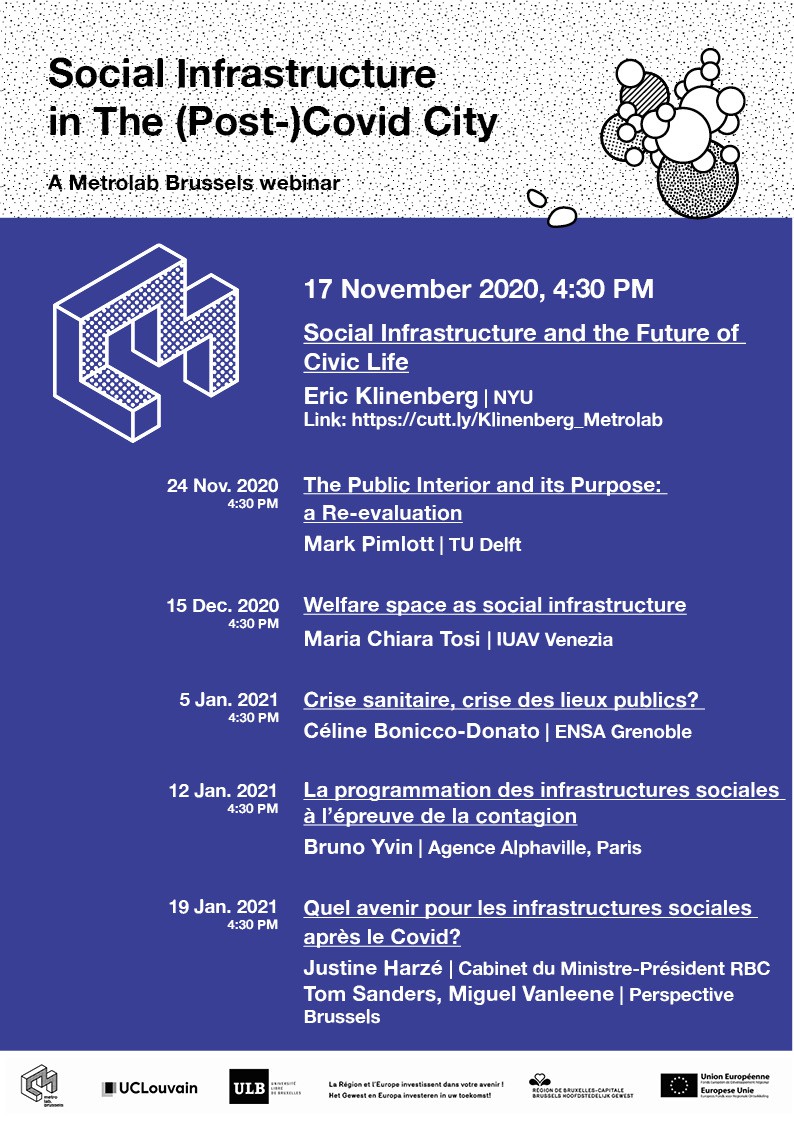
- <p>KLINENBERG E., 2018, <em>Palaces for The People</em>, New York, Crown. <a href="#fnref1:1" rev="footnote" class="footnote-backref">↩</a></p>
- <p>KLINENBERG E., 2002, <em>Heat Wave. A Social Autopsy of Disaster in Chicago</em>, Chicago, University of Chicago Press.  <a href="#fnref1:2" rev="footnote" class="footnote-backref">↩</a></p>
- <p>OLDENBURG R., 2000, <em>Celebrating the Third Place</em>, New York, Marlowe and Co.  <a href="#fnref1:3" rev="footnote" class="footnote-backref">↩</a></p>
- <p>MUNARIN S. and TOSI C.M., 2014, <em>Welfare Space. On the Role of Welfare Policies in the Construction of the Contemporary City</em>, Trento-Barcelona, LIST-Lab. <a href="#fnref1:4" rev="footnote" class="footnote-backref">↩</a></p>
- <p>BERGER M. AND MORITZ B., 2018, « Inclusive Urbanism As Gatekeeping », in M. Berger, B. Moritz, L. Carlier and M. Ranzato (Eds), <em>Designing Urban Inclusion</em>, Brussels, Metrolab Brussels.  <a href="#fnref1:5" rev="footnote" class="footnote-backref">↩</a></p>
- <p>PIMLOTT M., 2007, <em>Without and Within. Essays on Territory and the Interior</em>, Episode and PIMLOTT M., 2016, <em>Public Interior as Idea and Project</em>, Rotterdam, Jap Sam. <a href="#fnref1:6" rev="footnote" class="footnote-backref">↩</a></p>

